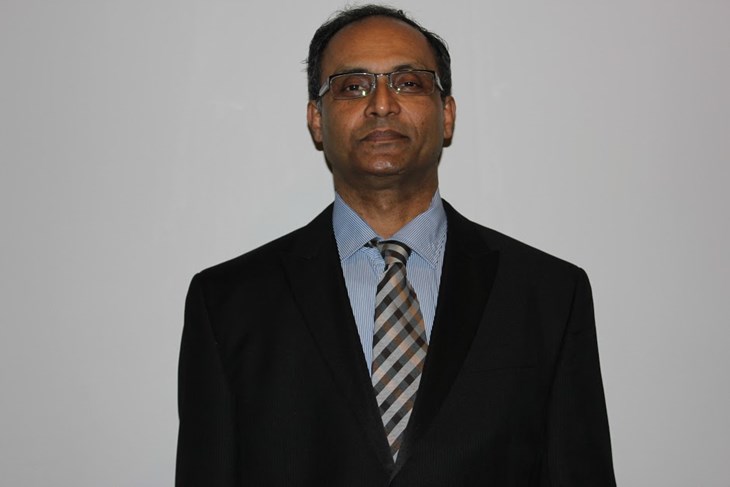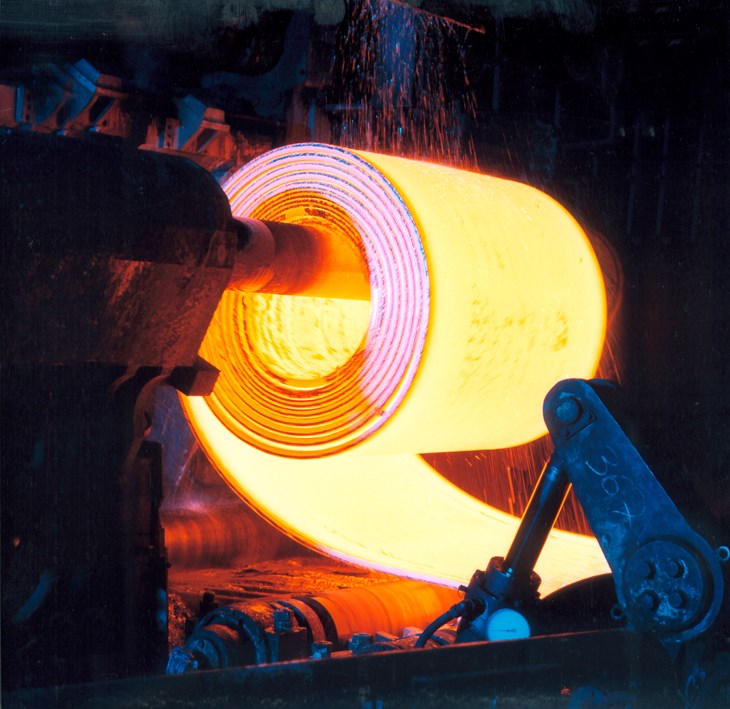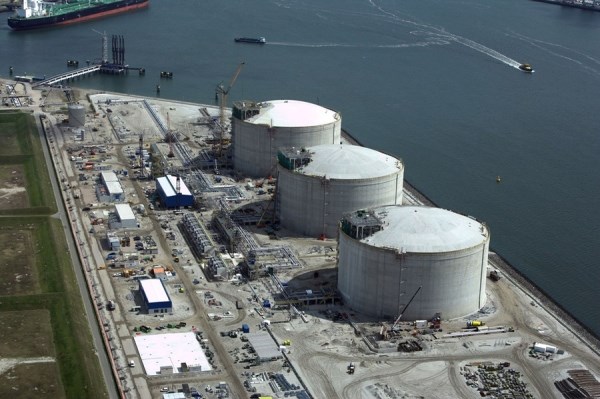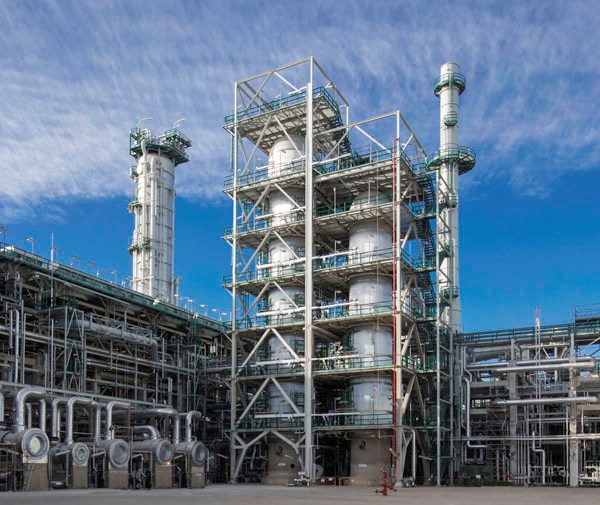How long have you been a Welding & Metallurgist Specialist?
I have been a Welding & Metallurgist Specialist for over 33 years. I graduated from the Bengal Engineering College/University of Calcutta (now known as The Indian Institute of Engineering Science and Technology located in Shibpur, India), from the Metallurgical Engineering program. Subsequently, I pursued a Master’s Degree in Metallurgical Engineering (specializing in metal joining) from The Indian Institute of Technology Madras located in Chennai, Tamil Nadu, India.

What originally attracted you to welding & metallurgical engineering as a discipline?
Welding and metallurgical engineering is a really challenging discipline and a Welding and Metallurgical Engineer’s role could be multidisciplinary. Depending on where you work, and in what sphere of industries, the Welding and Metallurgical Engineer’s job could be immensely diverse, and hence, challenging.
It’s not easy to solve problems related to varieties of materials, design codes, client’s specifications, and numerous other requirements without both proper exposure and a thorough knowledge base. Exposure to such challenging design and service environments as well as the willingness to learn are essential parts of knowledge building together with knowledge sharing; an integral part of technical networking these days. Since I always like challenges, I chose this profession and I even relish conditions like the ones I described above but I always keep up to date with peer networking and knowledge sharing.
In your opinion why do welding and metallurgy work well together as an area of study?
One should not weld metals/alloys if the correct metallurgy is not known. Metallurgy is an engineering subject, not a science or blacksmith science. A Welding Engineer with the right background and knowledge of metallurgy is the best person to give advice. This is because the hit and miss approach does not work where exotic materials and complex alloys are involved. When such alloys are used for design basis, the role of a Welding Engineer is definitely value added.
Welding engineering is a unique combination involving metallurgical, mechanical, and electrical engineering. Many courses offered under such program are interdisciplinary. A thorough insight involving welding engineering (both mechanical and metallurgical), design codes, and materials selection/specification and damage mechanisms (when materials are put in service) are crucial to gather complete knowledge.
Damage mechanisms when plants are in service involve corrosion/integrity engineering, which many Welding Engineers don’t necessarily need to think about upfront. However, I believe it is better to know such consequences and improve on the next assignment and deliver the best “value added” and safe design basis avoiding any catastrophe.

What is your favorite aspect of being a Welding & Metallurgical Specialist?
I thrive on challenges, involving various materials, welding, design codes, and many other technical aspects. As an accomplished Welding & Technical Specialist, one should be in a position address such challenges.
Usually carbon steel, various low alloy steels, austenitic stainless steels, duplex stainless steels, and nickel-based alloys are the backbones of the process and refining industries, not to mention many other sectors as well. An in-depth knowledge is essential to be a subject matter expert.
What are some of the biggest challenges associated with this type of engineering?
I would say selection of the right material(s) including the best heat treatment operations for the intended application, service, as well as specifying and meeting the best welding requirements conforming to design codes and project specifications. These are essential for Front End Engineering Design (FEED) studies.
When someone is in the role of a Welding and Metallurgical Engineer, knowledge of service performance of these alloys is always essential. As one can see it’s a vast area so having more exposure is always better than not enough.

What are some of the welding aspects of one or two past engineering projects you have worked on?
Example number one: LNG storage tanks
I have worked on many excellent projects with Liquefied Natural Gas (LNG) storage tanks, which involve challenging materials. Here is a brief narrative of these types of experiences:
- LNG has the main ingredient in methane and liquefied at the extremely low temperature of minus 161.5 °C. LNG takes up 1/600th the volume of natural gas in a gaseous state, making possible the mass transportation and storage by LNG ships and tanks.
- The field, 9% Ni steel is commonly used for aboveground double walled LNG tanks. Because the inner tank is directly exposed to LNG at minus 161.5 °C or below, it must have a very high level of notch toughness to prevent any brittle failures.
- A wide range of regulations and standards define the design, construction, inspection, and maintenance of LNG tanks made of 9% Ni steel. ASME Sec. VIII, Div. 1: Design and fabrication of pressure vessels; Div. 2: Alternative rules; API Standard 620: Design and construction of large, welded, low-pressure storage tanks; Appendix Q.
- 9% Ni steel is ferritic, possessing excellent mechanical properties at cryogenic temperatures, and also has good cutting, bending, and welding characteristics. The steels applied in LNG tank construction are mainly ASTM A353 and A553 Type I.
- The welding consumables that are generally used for welding 9% Ni steel are high Ni alloy such as the Inconel type (Ni-Cr alloy), and the Hastelloy type (Ni-Mo alloy) though their chemical compositions are quite different from those of 9% Ni steel. Although the strength of high Ni alloy is lower than that of 9% Ni steel, it does not cause brittle fractures, even at cryogenic temperatures, because of its full austenitic microstructure. Welding 9% Nickel Steel in field with Manual and Machine Welding Processes are always extremely difficult, due to heights, wind exposures (especially in coastal areas), and the nature of the steel involved.
- I was lucky to get exposure to one such project approximately 20 years ago, which involved an A to Z analysis of such problems.

Example number two: a hydrocracking unit
Also in the past (in the 1990s), I worked as a Lead Welding & Quality Assurance Engineer on a “Hydrocracking Project” for one of the very large oil refining companies in those days.
- Hydrocracking is the ultimate challenge for any Welding and Metallurgical Engineer, as the reactors can weigh anywhere up to 1000 tons in a single piece and involve as high as 12” (300mm) in wall thickness.
- Rector Shells are typically fabricated from 2.25 Cr-1Mo-0.25V steel, involving a very Specialised Temper Embrittlement Test.
- The connecting piping spools in the project I had worked were all fabricated from SS 347H and SS 321H grade austenitic stainless steels (2” to 3” wall thickness).
- In field welding, Post Weld Heat Treatment and non-destructive evaluation (NDE) were extremely challenging. As I remember, the NDE contractors used to perform all the NDE, using Cobalt-60 isotope late at night, so as to prevent Radiation Exposure to all site personnel.

